Philippe Ratajczak
Experimental Demonstration of 3D Reflected Beamforming at sub6GHz thanks to Varactor Based Reconfigurable Intelligent Surface
Jul 13, 2023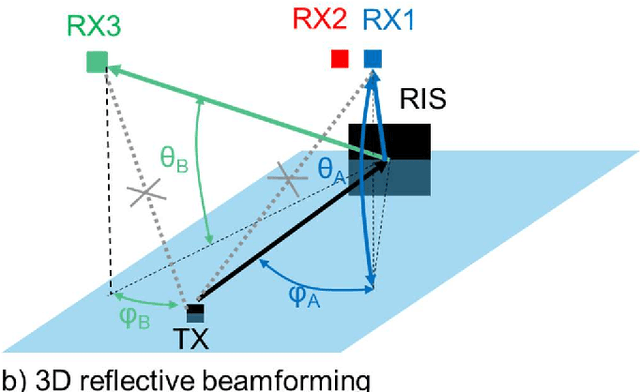
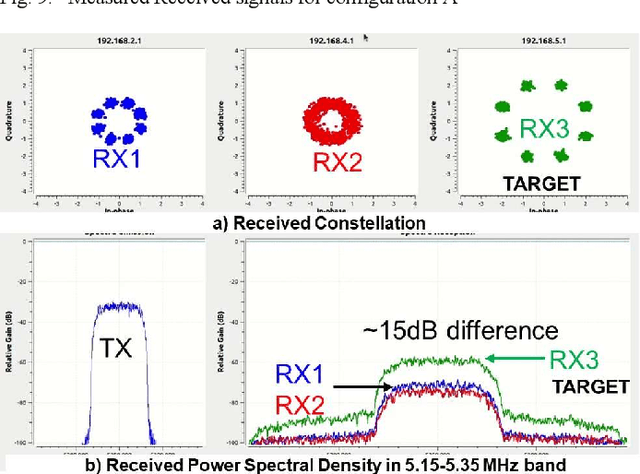
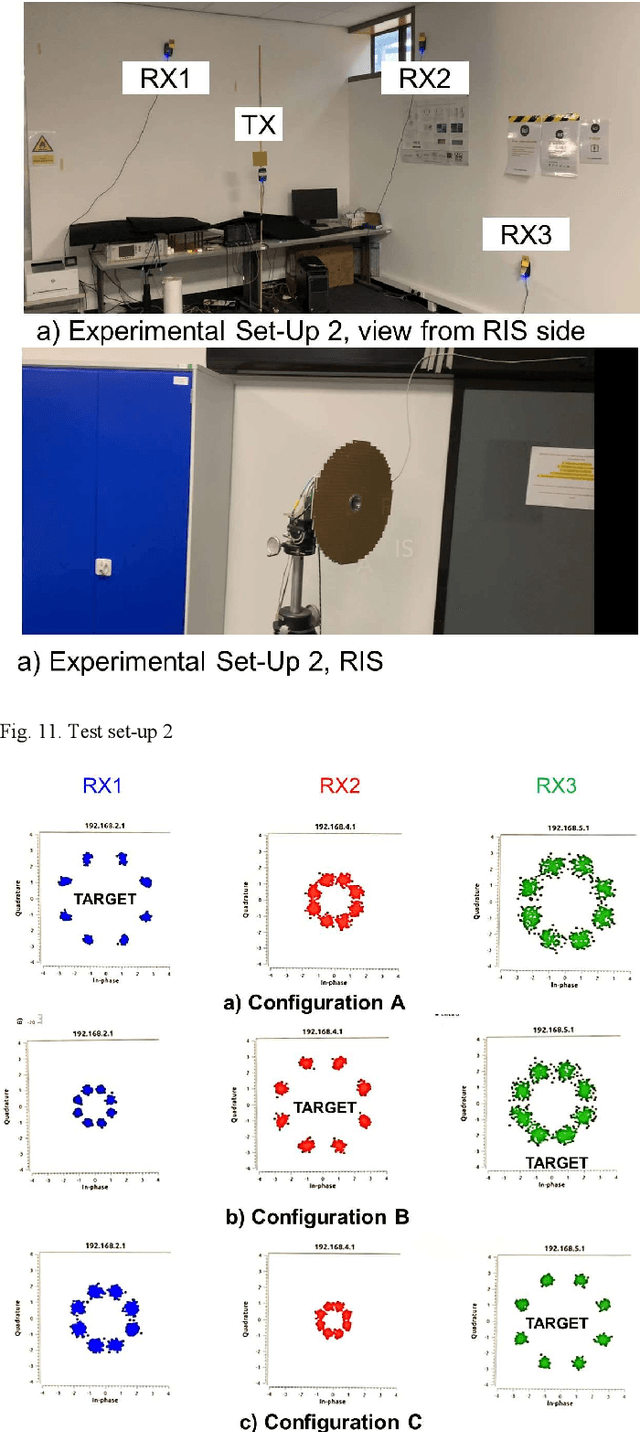
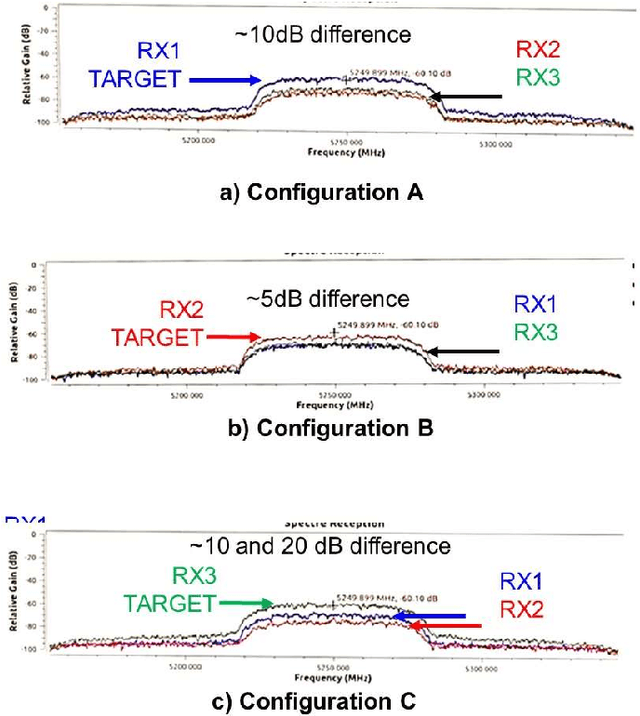
Abstract:Reconfigurable intelligent surface (RIS) is a promising solution to boost coverage sustainably by reflecting waves from a transmitter to a receiver and acting as a low-power and passive relay. In this paper, for the first time, we demonstrate experimentally that a reconfigurable intelligent surface designed for sub6GHz, and using varactor technology, can perform three-dimensional reflective beamforming. This result is achieved with a RIS prototype of 984 unit-cells, thanks to a compact control circuit individually addressing and configuring the voltage of each unit-cell, with a distinct voltage. To our knowledge, this prototype configures 17 to 70 times more distinct voltages than in the state-of-the-art. The experimental results in an indoor environment show a 10 dB gain. They also show, for the first time, that producing such a new prototype is feasible with minimal energy footprint and environmental impact, thanks to refurbishing. Indeed, a reflectarray antenna originally designed for three-dimensional beamforming has been turned into a RIS.
Creating and Operating Areas With Reduced Electromagnetic Field Exposure Thanks to Reconfigurable Intelligent Surfaces
Jun 14, 2022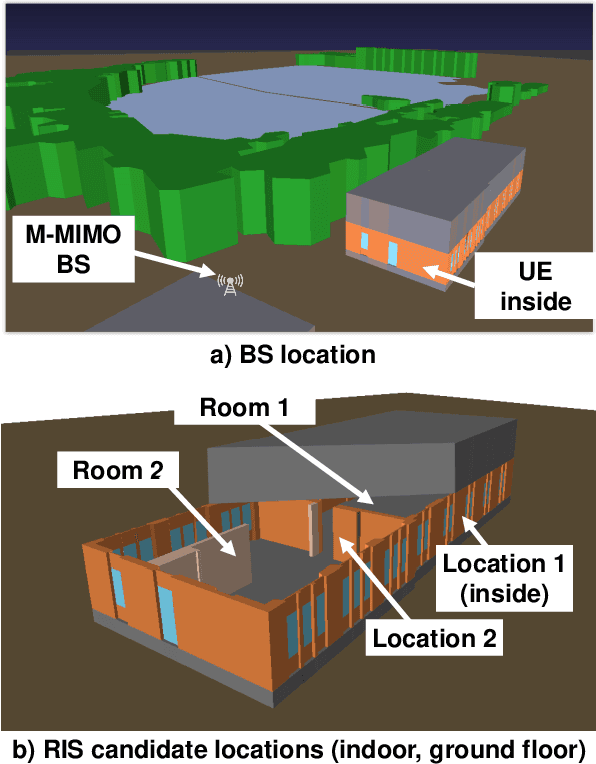
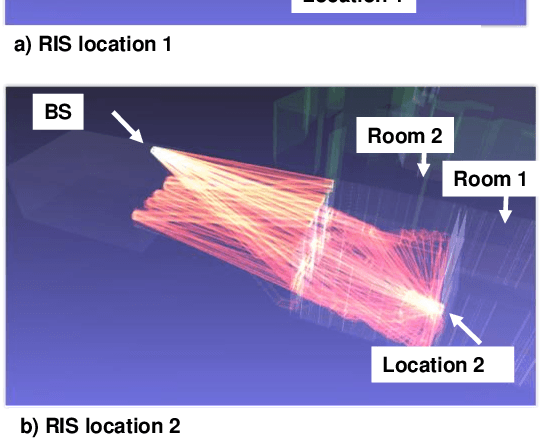
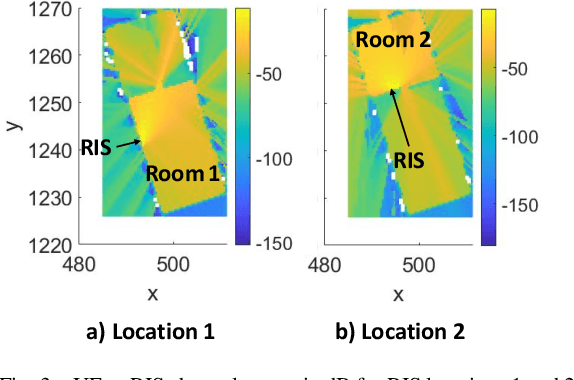
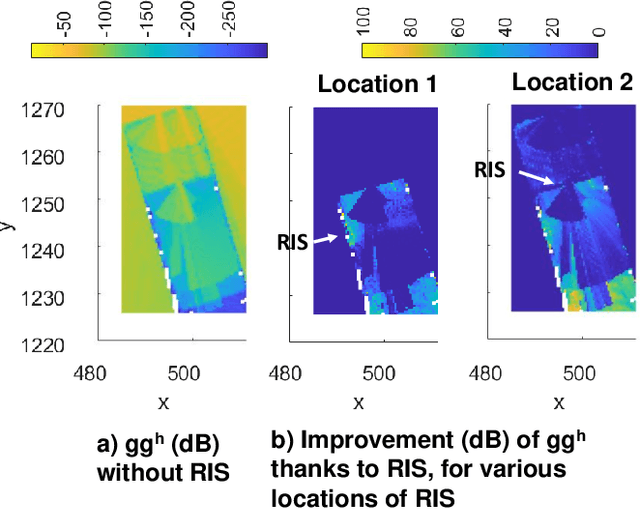
Abstract:Mobile network operators must provide a target quality of service within a target coverage area. Each generation of networks from the 2nd to the 5th has reached higher quality-of-service (QoS) targets and coverage area sizes. However, the deployment of new networks is sometimes challenged by Electromagnetic Field (EMF) exposure constraints. In this paper, to take into account these constraints, we assess the novel and recent concept of Reduced EMF Exposure Area. Such an area would be created and operated by a mobile network operator upon the request of its customers. In such an area, customers keep enjoying high data rate internet access while getting a reduced EMF exposure. To ensure this EMF exposure reduction, we propose to deploy Reconfigurable Intelligent Surfaces (RIS) connected to the mobile network and exploit a joint RIS-M-MIMO uplink beamforming scheme. We use our ray-tracing-based simulation tool to visualize and characterize the Reduced EMF Exposure Area in a challenging environment in terms of propagation. Our simulations show that an operator can create and operate such an area under the condition that it carefully places the RIS in the environment.
A Prototype of Reconfigurable Intelligent Surface with Continuous Control of the Reflection Phase
May 25, 2021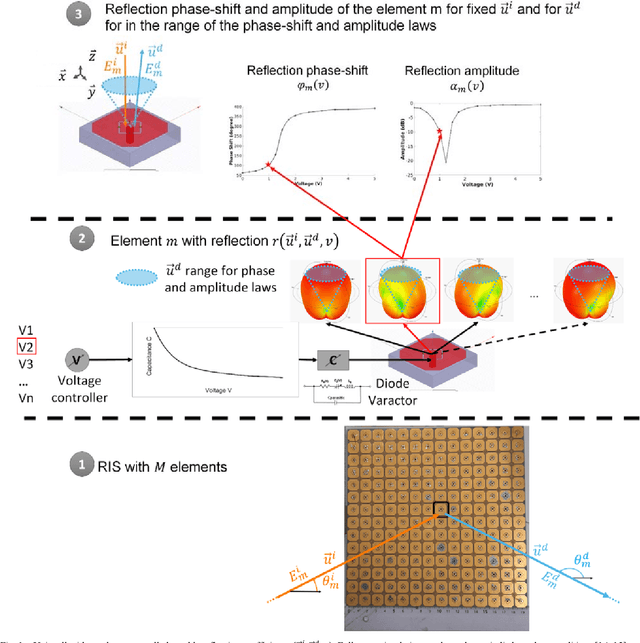
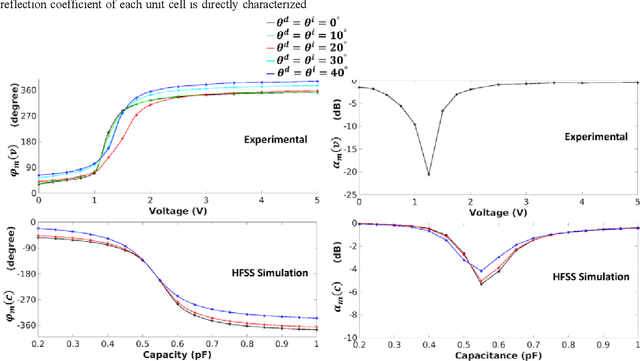
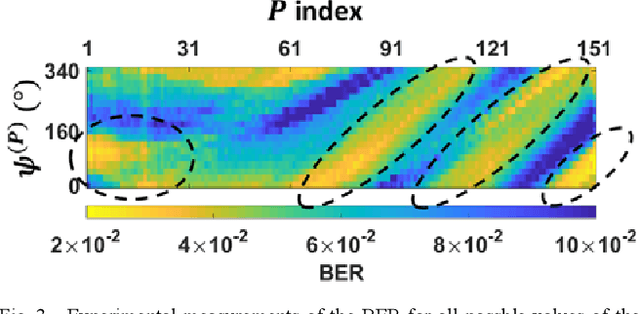
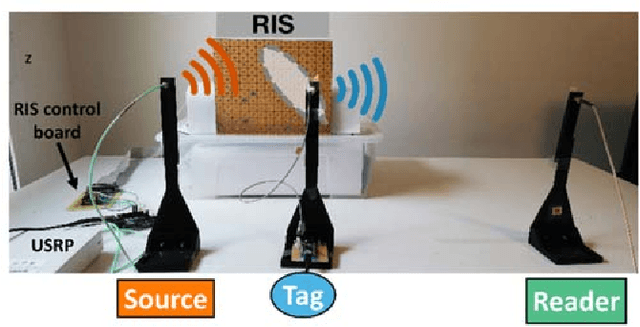
Abstract:With the development of the next generation of mobile networks, new research challenges have emerged, and new technologies have been proposed to face them. On the one hand, the reconfigurable intelligent surface (RIS) technology is being investigated for partially controlling the wireless channels. The RIS is a promising technology for improving the signal quality by controlling the scattering of the electromagnetic waves in a nearly passive manner. On the other hand, ambient backscatter communications (AmBC) is another promising technology that is tailored for addressing the energy efficiency requirements for the Internet of Things (IoT). This technique enables low-power communications by backscattering ambient signals and, thus, reusing existing electromagnetic waves for communications. RIS technology can be utilized in the context of AmBC for improving the system performance. In this paper, we report a prototype of an RIS that offers the capability of controlling the phase shift of the reflected waves in a continuous manner, and we characterize its characteristics by using full-wave simulations and through experimental measurements. Specifically, we introduce a phase shift model for predicting the signal reflected by the RIS prototype. We apply the proposed model for optimizing an RISassisted AmBC system and we demonstrate that the use of an RIS can significantly improve the system performance.
Reconfigurable Intelligent Surface -Assisted Ambient Backscatter Communications -- Experimental Assessment
Apr 07, 2021

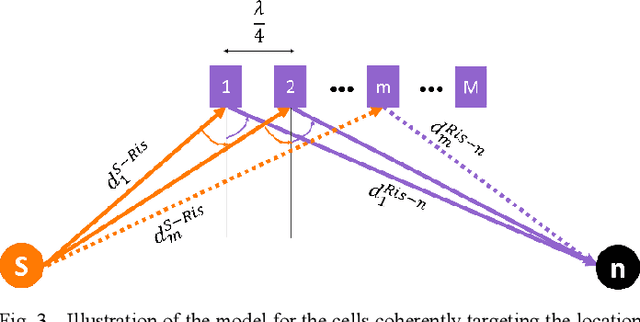

Abstract:Sixth generation (6G) mobile networks may include new passive technologies, such as ambient backscatter communication or the use of reconfigurable intelligent surfaces, to avoid the emission of waves and the corresponding energy consumption. On the one hand, a reconfigurable intelligent surface improves the network performance by adding electronically controlled reflected paths in the radio propagation channel. On the other hand, in an ambient backscatter system, a device, named tag, communicates towards a reader by backscattering the waves of an ambient source (such as a TV tower). However, the tag's backscattered signal is weak and strongly interfered by the direct signal from the ambient source. In this paper, we propose a new reconfigurable intelligent surface assisted ambient backscatter system. The proposed surface allows to control the reflection of an incident wave coming from the exact source location towards the tag and reader locations (creating hot spots at their locations), thanks to passive reflected beams from a predefined codebook. A common phase-shift can also be applied to the beam. Thanks to these features, we demonstrate experimentally that the performance of ambient backscatter communications can be significantly improved.
 Add to Chrome
Add to Chrome Add to Firefox
Add to Firefox Add to Edge
Add to Edge